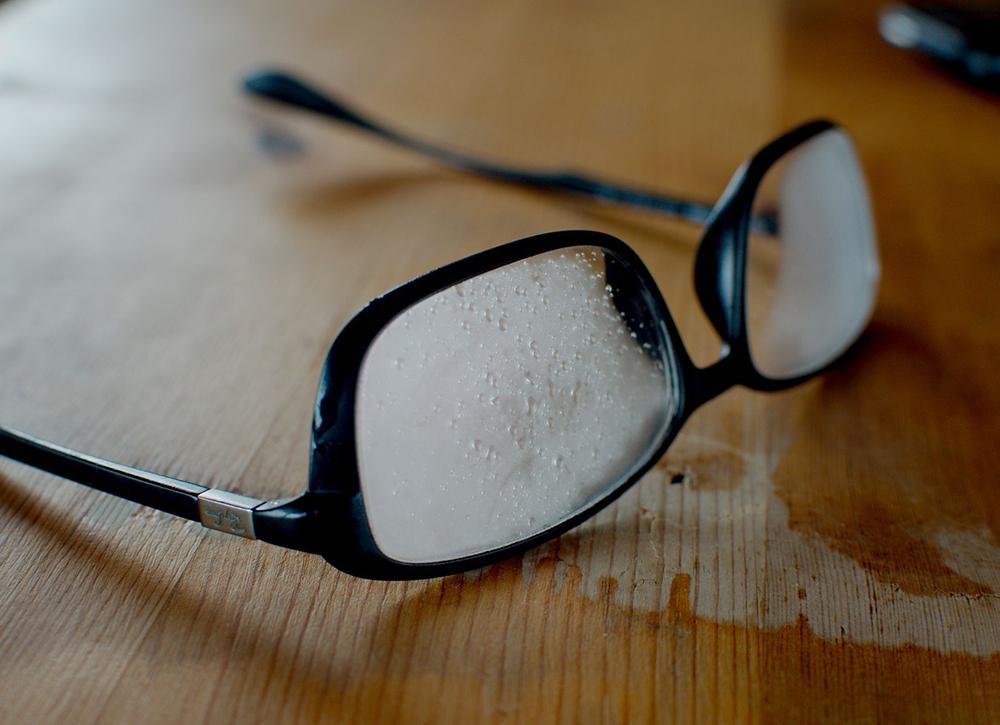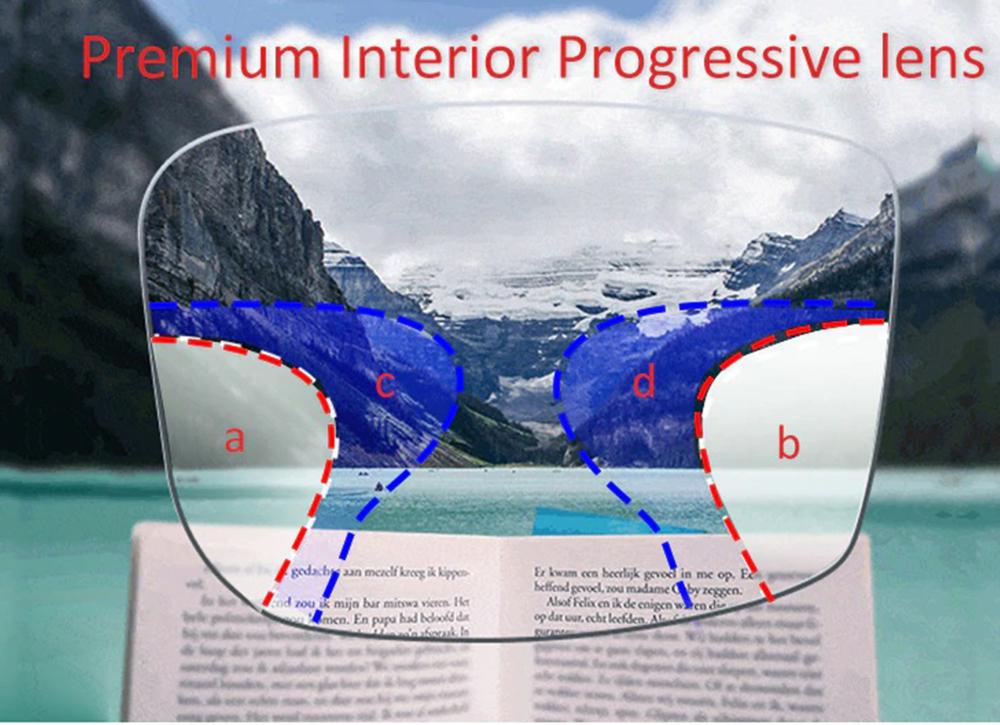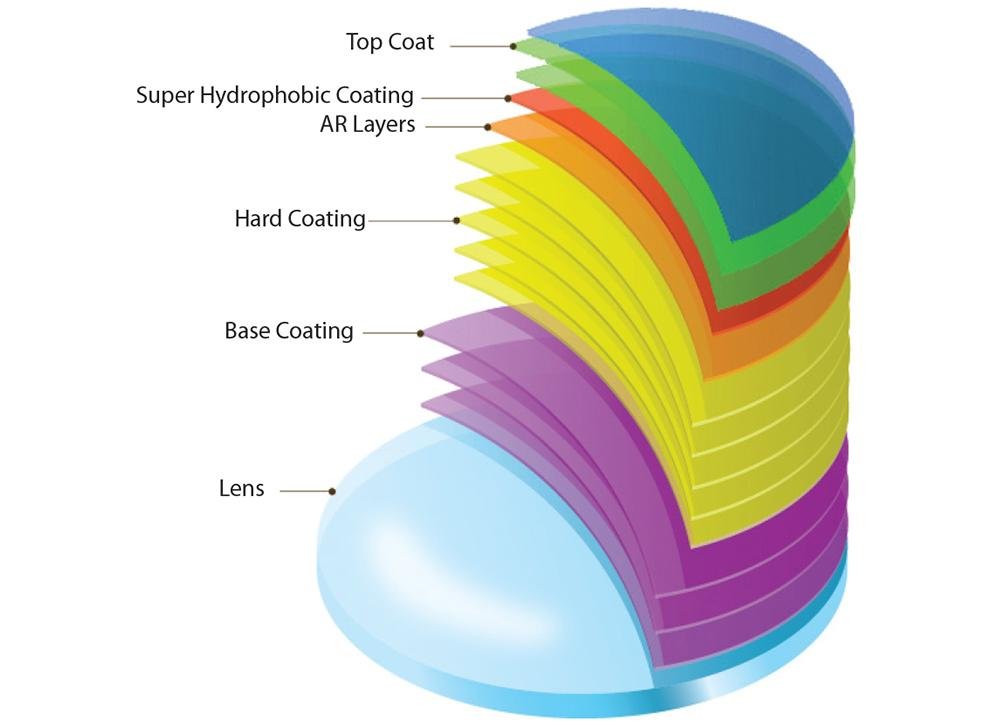Why do spectacle lenses fog up?
The fog on the surface of the lens is essentially related to the saturation pressure and water vapor liquefaction. The air is full of water molecules, which are constantly doing irregular movements. When there is no temperature difference, water molecules keep hitting the surface of the lens and will keep bouncing off. The lower the temperature, the slower the speed of movement. Therefore, when water molecules hit the cold lens from the hot air, on the one hand, they move too slowly to fly out in time. On the other hand, because of the relatively low temperature of the lens itself and its vicinity, the water vapor will liquefy. As a result, more and more water will accumulate on the lens and form small droplets, eventually forming a foggy layer. As the lens heats up, the mist evaporates back into the air, and the fog disappears.
The principle of the anti-fog lens
Ordinary lens materials and water are wet, so water vapor is easy to fog up on the top. If this wetting relationship can be broken, the water vapor can be prevented from fogging up on the surface of the lens. The anti-fogging film is a kind of film which can prevent or avoid water mist agglutination effectively. It is divided into organic film and inorganic film. The inorganic film is mostly used for building, car window glass fogging prevention. For lenses anti-fogging, organic film are more used. The method is to wipe, spray (with an anti-fogging agent, and so on).
Lens anti-fogging agent
To be specific, a layer of the anti-fogging agent is sprayed (coated) on the surface of the lens to form a dense, absorbent, ultra-thin, and ultra-transparent biological coating. The coating chelates the droplets inside the coating (chelating means processing the material into a digestible form) to form a continuous and supper transparent chelating coating, which converts the droplets into a transparent micro-glass layer, thus preventing fogging. Spray anti-fogging agent on the surface of the lens, and then wipe evenly with an ordinary lens cloth. It can be used on most lenses. They are easy to use but have relatively short anti-fogging time. During use, the lens should not be wiped or washed. Long time use will affect the lens life.
Anti-fog lens cloth
Anti-fogging glasses cloth is composed of multiple layers of material pressed together, and the material absorbed a sufficient amount of antifogging agent. It can be directly wiped on any lens. Like spray anti-fogging agents, anti-fogging time is relatively short, and can not be wiped or washed. Long time use will affect the life of the lens. The range of lenses available is limited.
Anti-fogging lens
The surface of the lens is coated with a layer of anti-fogging top film. The anti-fogging function of the lens can be activated by wiping the lens with a professional anti-fogging lens cloth, which can achieve a better anti-fogging effect. Choose this anti-fogging lens and wipe it with the corresponding anti-fogging lens cloth. IT is easy to use, and the anti-fogging effect is ideal, used for a long time. They cannot be wiped and washed.





































